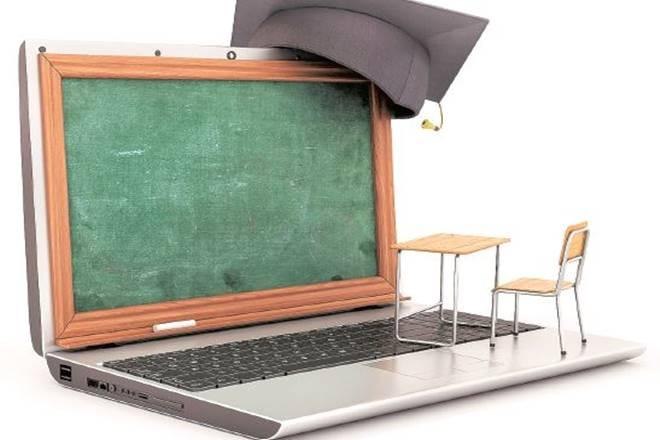Had there been a facilitative regulatory structure in India, higher education would have been Covid 19-ready, with flourishing online education. Instead, the pandemic has underscored missed opportunities, even as it itself presents an opportunity to ease offering of online education by universities. The higher education regulator, University Grants Commission (UGC), had banned online courses by universities in 2015, before it allowed these in 2018—but only for the top-100 universities, with a NAAC grading of 3.26 and above. Not just this, the universities had to get licences for online education, and, thanks to the regulatory sclerosis, just seven have received these so far.
Meanwhile, companies like Coursera, Udemy, edX, which offer all manner of courses from foreign universities, have witnessed an increase in Indian registrations. Against such a backdrop, the government allowing the top 100 universities in India to start online courses from May 30 in the automatic route is a significant step forward. But, the fact is, this still leaves out 90% of India’s over 900 universities, where students are enrolled for regular classes that are likely to remain suspended for a length of time that is hard to predict.
It is hard to understand why the government believes that universities good enough to teach students in classrooms may not be good enough to teach students online. If standards are the criteria for online teaching, shouldn’t the same standards—or the lack of them—affect teaching in regular classrooms? Read against the fact that more than 1 lakh students have registered for online courses by foreign universities since the lockdown, the glacial pace at which policy has moved on online education seems criminal.
Even with automatic approval, the 100 top universities still have to comply with UGC norms on infrastructure and appoint personnel for online education; so, it is not clear how many would be in a position to roll out online courses from May 30.
The education sector has been suffering from chronically poor policy, and there seems to be little thought paid to course correction. For instance, the government has announced the launch of 12 channels for teaching class 1-12 students in areas that have very poor internet connectivity. Given the government’s past experience with teaching-content for television has been less than encouraging, it is hard to understand why it isn’t partnering with a Byju’s—which saw 6 million new student registrations during the lockdown—or a similar education content generator to deliver this. After all, its experience with digital payments did reveal the potential that can be unlocked by making space for the private sector.

